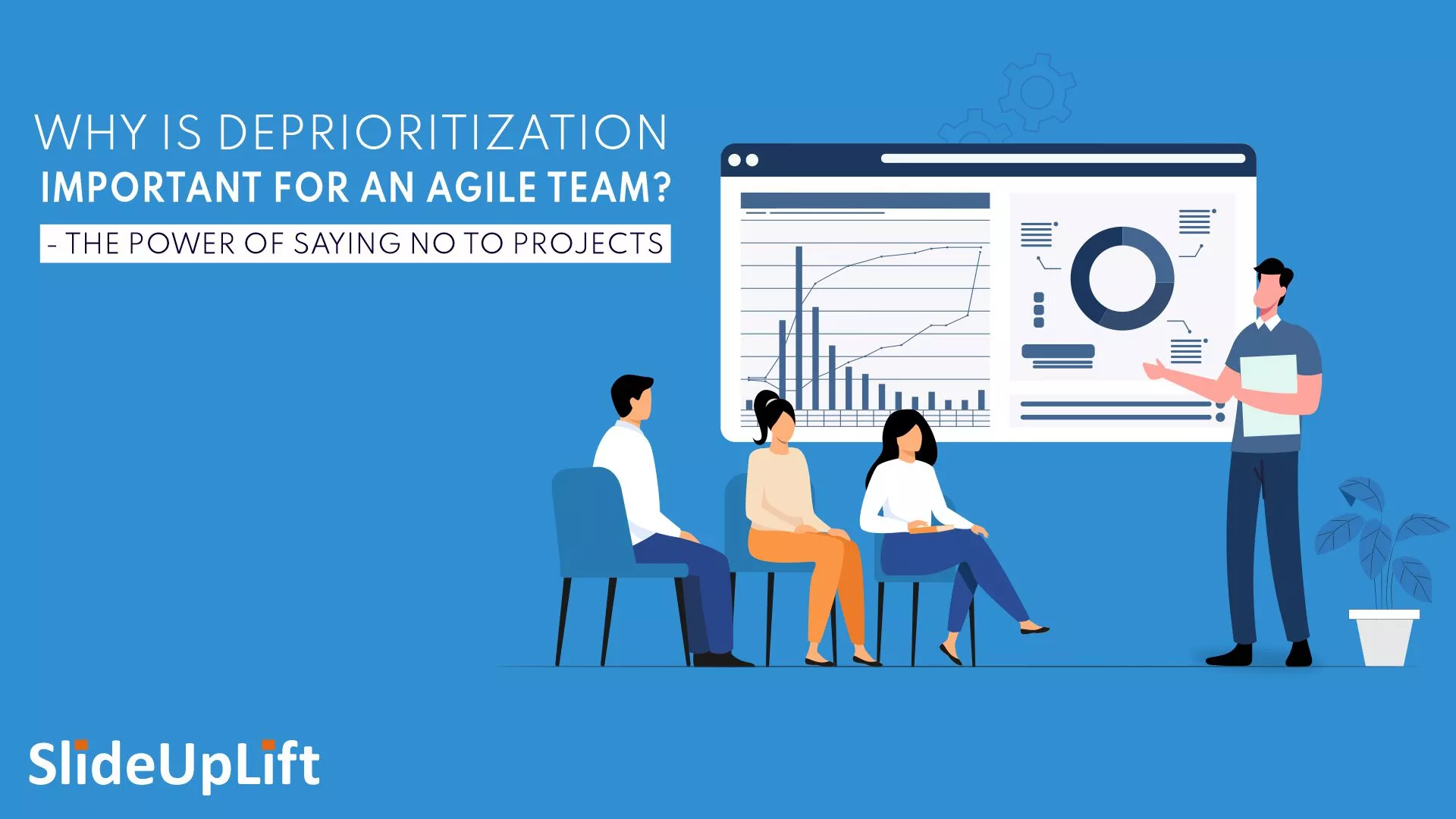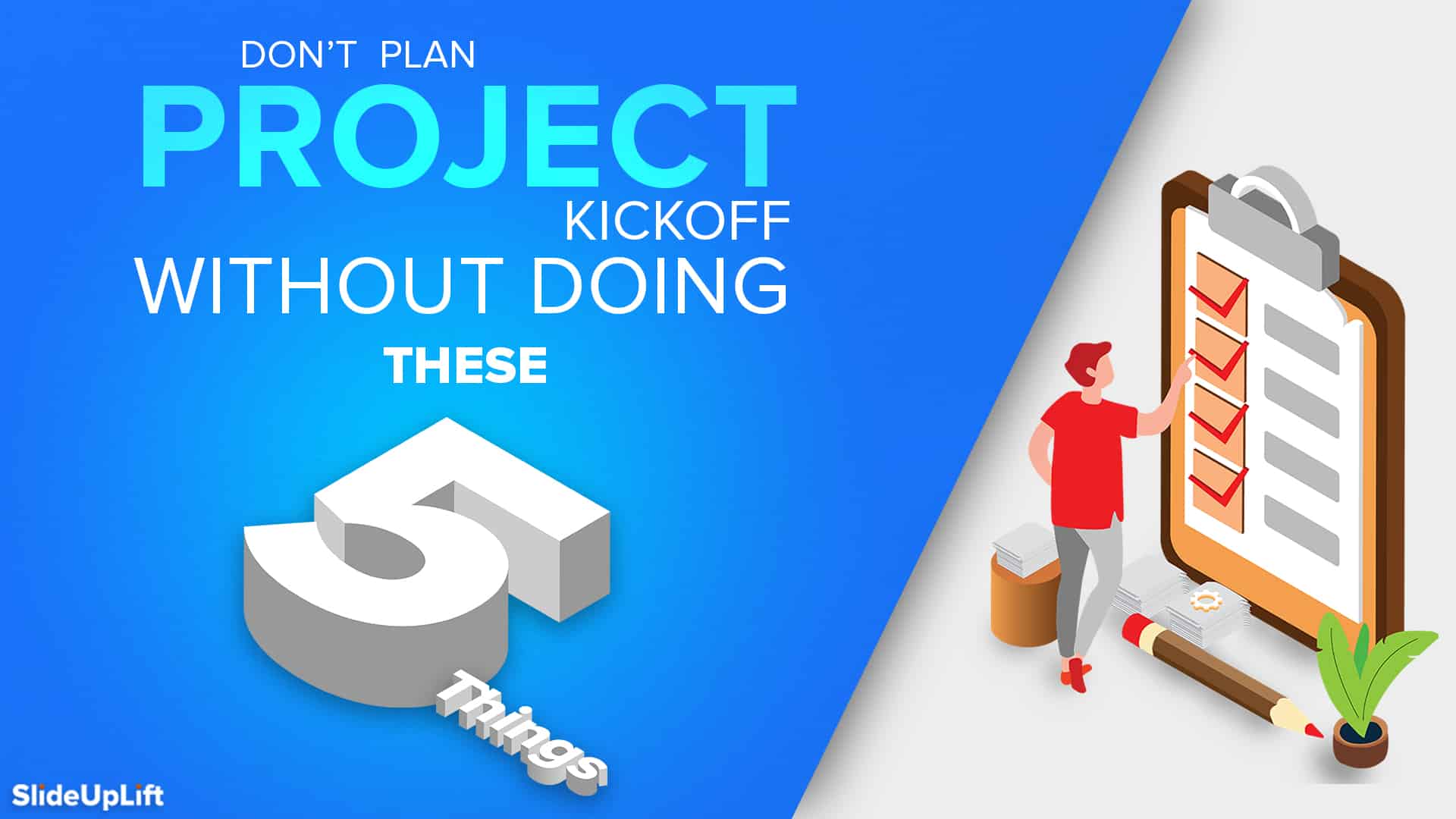5 Most Popular Agile Project Management Frameworks
Agile frameworks strongly emphasize collaboration and open communication within project teams. Regular events such as daily meetings, sprint planning, and retrospective sessions facilitate ongoing discussions and ensure everyone is on the same page. Additionally, the concept of a self-organizing and cross-functional team with Agile frameworks promotes a collaborative culture, where team members collectively take responsibility for delivering high-quality results.
The 5 Most Popular Agile Frameworks List
Project Managers can benefit greatly from knowing the variety of frameworks available to them to pick the most suitable for their needs. Here is the list of top 5 agile frameworks:
- Agile Project Management
- Scrum Project Management
- Lean Project Management
- Kanban Project Management
- Extreme Programming(XP)
Agile Project Management
Features:
- Agile Project Management Framework embraces iterative and incremental development, allowing for the continuous delivery of small, functional project pieces. This approach enables quick adaptation to changes and feedback.
- Agile frameworks strongly emphasize customer satisfaction by involving customers throughout the development process. Regular feedback and stakeholder collaboration ensure that the final product aligns closely with customer expectations and needs.
- Agile frameworks list down larger projects into smaller, more manageable tasks and retain the ability to quickly change focus and direction based on market trends, client requests, and stakeholder feedback.
ALSO READ: Agile V/s Traditional Project Management
Pros and Cons of Agile Frameworks
There are some advantages and disadvantages of using Agile methodology for project management, which are:
| Pros of Agile Frameworks | Cons of Agile Frameworks |
| Agile easily adapts to changing requirements. | Challenges in predicting project timelines and costs. |
| Regular, incremental releases ensure continuous progress. | Less emphasis on upfront documentation. |
| Close teamwork fosters efficient communication. | Requires significant time and effort from team members. |
| Prioritizes customer involvement and feedback. | Success relies heavily on effective teamwork. |
Scrum Project Management
Features:
- Scrum Project Management Frameworks operates on a sprint-based development cycle, typically lasting two to four weeks. Each sprint involves a focused effort to deliver a potentially shippable product increment, fostering a rhythm of continuous improvement.
- It defines specific roles within the team, including the Product Owner, Scrum Master, and Development Team. Each role has distinct responsibilities, promoting collaboration, accountability, and efficiency in the project.
- It emphasizes regular communication through daily stand-up meetings or “daily scrums.” These brief, time-boxed meetings allow team members to discuss progress, challenges, and plans, fostering transparency and quick issue resolution.
Pros and Cons of Scrum Project Management
Here are some of the advantages and disadvantages of Scrum Project Management:
| Pros of Scrum Project Management | Cons of Scrum Project Management |
| Scrum helps teams to quickly and efficiently complete project deliverables. | Big projects are divided into easily manageable sprints. |
| The chances of project failure are high. | Adopting the Scrum in large teams is challenging. |
| Adopts feedback from customers and stakeholders. | Can be successful only with experienced team members |
| Short sprints enable changes based on feedback a lot more easily. | Quality is hard to implement until the team undergoes aggressive testing. |
Lean Project Management
Features:
- Lean Project Management Frameworks focus on eliminating waste in processes. This includes reducing unnecessary steps, resources, and time to enhance efficiency and deliver more value to the customer.
- It emphasizes a culture of continuous improvement known as Kaizen. This involves ongoing efforts to enhance processes, refine workflows, and optimize efficiency, fostering a mindset of constant refinement.
- It prioritizes delivering value to the customer. It involves identifying and focusing on activities directly contributing to customer needs and satisfaction.
Pros and Cons of Lean Project Management
Here are some of the advantages and disadvantages of Lean Project Management:
| Pros of Lean Project Management | Cons of Lean Project Management |
| Lean focuses on eliminating waste, streamlining processes, and optimizing efficiency. | Lean’s principles may not be suitable for all project types or industries. |
| Emphasizes delivering value to the customer, ensuring satisfaction. | Implementing Lean practices may require a shift in mindset and initial training. |
| Adaptable to changes, allowing for continuous improvement throughout the project. | The emphasis on flexibility can make it challenging to predict project timelines precisely. |
| By eliminating non-essential processes, Lean often leads to cost savings. | Employees or stakeholders may resist changes in established processes. |
Kanban Project Management
Features:
- Using visual Kanban boards to represent the workflow, Kanban Project Management Frameworks does each task or work item represented by a card. It provides a clear work process overview, helping teams manage and optimize their workflow.
- It limits the number of tasks or work items that can be in progress at any given time. WIP limits prevent team overload and promote a steady work flow, optimizing efficiency and reducing bottlenecks.
- It emphasizes a continuous delivery approach, where completed work items are released to customers as soon as they are finished. This enables a more responsive and adaptive project management process, focusing on delivering value incrementally and regularly.
Pros and Cons of Kanban Project Management
Here are some of the advantages and disadvantages of Kanban Project Management:
| Pros of Kanban Project Management | Cons of Kanban Project Management |
| Kanban provides a flexible and adaptive approach to project management. | The lack of fixed iterations may lead to less structured planning compared to other methodologies. |
| Work is visualized on a Kanban board, ensuring a smooth and continuous workflow. | Without set timeframes, it can be challenging to predict when specific features or tasks will be completed. |
| Helps identify and address bottlenecks in the process, improving overall efficiency. | Success relies heavily on the effectiveness of the visual management system (Kanban board). |
| Allows teams to quickly adapt to changing priorities and requirements. | Implementing Kanban may necessitate a cultural shift, which can face resistance in traditional environments. |
Extreme Programming(XP)
Features:
- Extreme Programming, or XP, is an Agile framework that prioritizes high-quality software development through practices such as pair programming, continuous integration, and test-driven development.
- It aims to deliver valuable software quickly while maintaining a sustainable pace of work by fostering a collaborative and disciplined approach to development.
- It helps teams adapt to changing requirements, minimize risks, and produce software that meets or exceeds customer expectations.
Pros and Cons of Extreme Programming(XP)
Here are some of the advantages and disadvantages of Extreme Programming(XP):
| Pros of Extreme Programming(XP) | Cons of Extreme Programming(XP) |
| Emphasizes coding standards and practices to ensure high-quality software. | The intense focus on collaboration and communication may be resource-intensive. |
| Frequent communication and feedback loops help identify issues early in the development process. | Implementing XP practices may require a learning curve for teams unfamiliar with its methodologies. |
| Prioritizes customer involvement throughout the development lifecycle. | XP may not be the best fit for large-scale projects or those with strict regulatory requirements. |
| Designed to accommodate changing requirements and promote flexibility. | Success in XP often relies on the effectiveness of pair programming, which may not suit all team dynamics. |
Project management frameworks offer a rich tapestry of approaches tailored to diverse project requirements and team dynamics. Whether opting for the structured sprints of Scrum, the continuous flow of Kanban, waste reduction through Lean, the sequential and linear approach of Waterfall, or collaboration in Agile, project managers have a spectrum of options to align with their project’s unique needs.
READ MORE: Work Breakdown in Project Management
The selection of a framework often hinges on factors such as the project’s nature, scope, and team dynamics. Regardless of the chosen framework, the key lies in alignment with the project’s goals and the ability to adapt.
Agile methodologies foster adaptability and collaboration in today’s fast-paced and ever-changing business environment. They position project managers to navigate change effectively. This enables the delivery of projects that truly resonate with stakeholders and exceed customer expectations.
From Scrum to Kanban boards, our templates cover a spectrum of Agile methodologies, ensuring that your presentations convey information effectively and leave a lasting impression. Elevate your Agile presentations with SlideUplift’s professional templates. Download Now!
FAQs
-
What are the 5 phases of the Agile project management framework?
ol.order-list li::marker {font-size: 16px !important; font-weight: 500;}
The 5 different phases of the Agile Project Management framework include:
- Envision phase
- Speculate phase
- Explore phase
- Adapt phase
- Close phase
-
What is the best project management framework?
The best project management framework is Kanban. Kanban is an Agile project management framework that originated from manufacturing processes.
-
What are the three most popular Agile methodologies?
ol.order-list li::marker {font-size: 16px !important; font-weight: 500;}
The most popular Agile methodologies are:
- The Scrum Methodology
- The Waterfall Methodology
- The Lean Methodology
-
What are the 3 pillars of Scrum?
Scrum is one of the most widely adopted Agile frameworks, emphasizing iterative and incremental development. The three core pillars of Scrum are transparency, inspection, and adaptation.

















